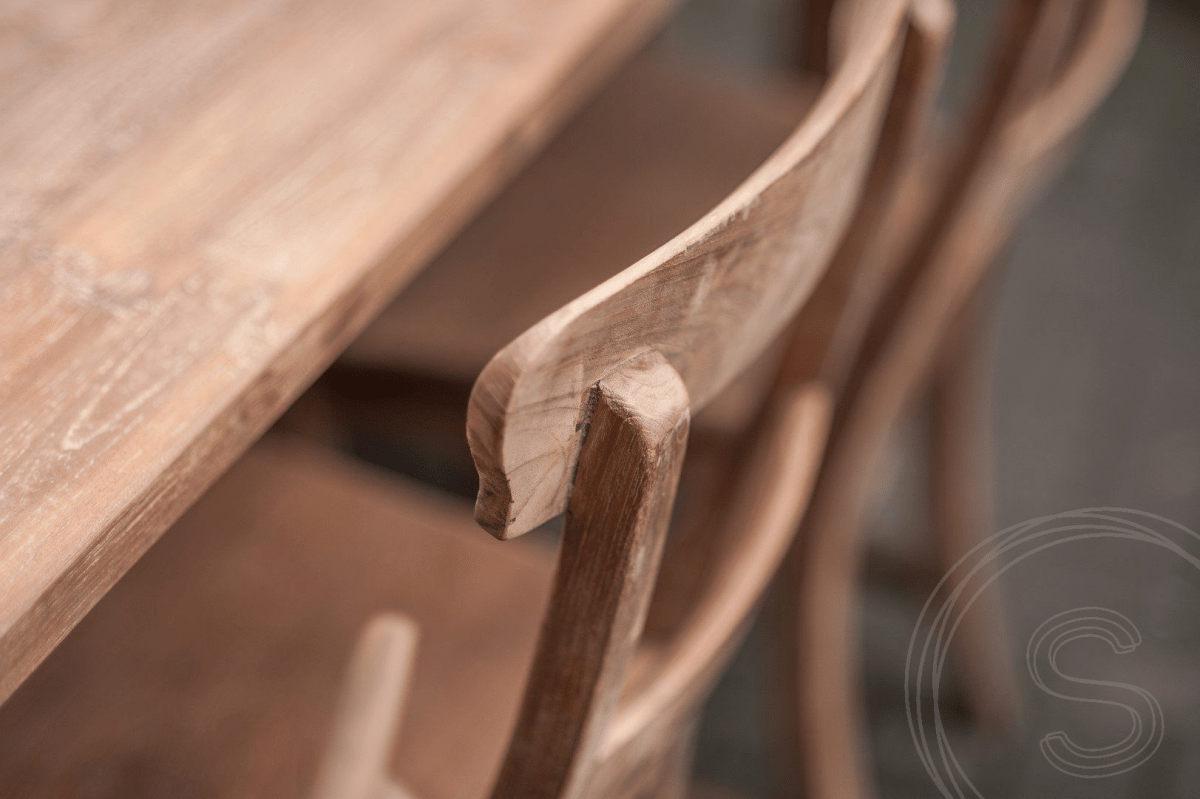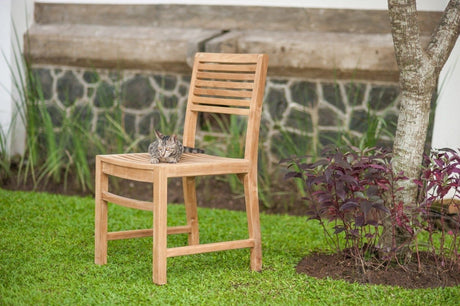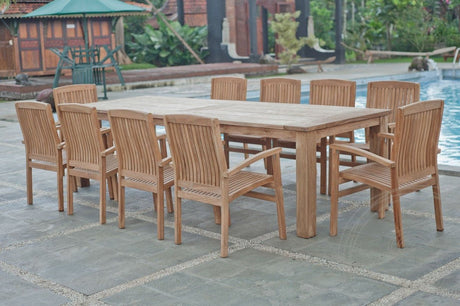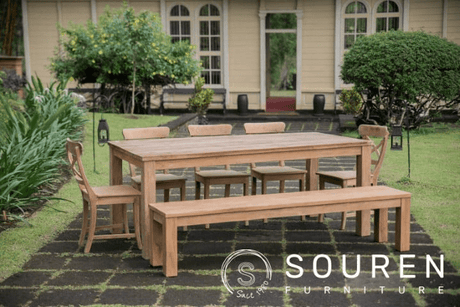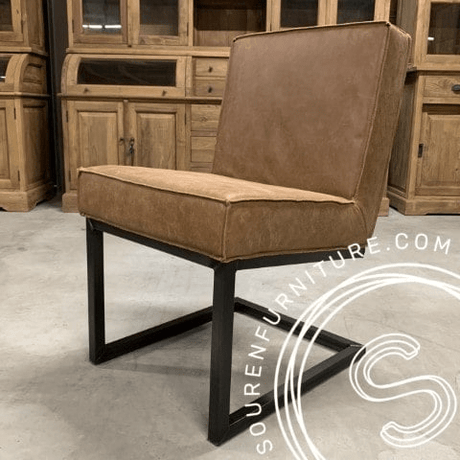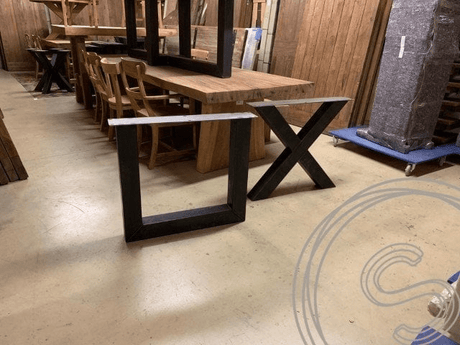The term softwood basically denotes a classification of certain types of wood into a botanical category. Originally, the name comes from customs. By softwoods, we are referring to wood species with a density below 0.55 g / cm³. This applies, for example, to native conifers, such as spruce and pine, as well as deciduous trees, such as linden and poplar. The softest wood in the world, however, only grows in the tropics.
Balsa wood: the lightweight among the wood species
The balsa tree is a tropical plant which is grown across all continents. The trees are very fast-growing and reach a height of 30 to 45 meters. The stem has a smooth bark which is usually light-gray and may have white marbling. With a density of 0.1 to 0.2 g / cm³, balsa is the softest wood in the world. PS rigid foam - which, among other things, is used as foam plastic polystyrene - has a similarly low density. The density of balsa wood varies depending on the cut. Thin branches are the softest, while trunk wood has higher density and strength.
Uses of balsa wood
Balsa wood is not only the softest wood worldwide, it is also extremely light. For this reason, it is often used in the tropical regions of the world for the construction of rafts. Even modellers love the soft natural material. Balsa wood is used in the construction of airczraft and ship models and is used for the design of model railways. It is as easy to process as cork. In the business sector, Balsa is, among other things, used for the construction of the rotor blades of wind turbines. The extremely light wood is also useful in the leisure sector. Balsa wood was used to make surfboards on the islands of Hawaii. This happened, however, before the first resin models came onto the market. Balsa wood made history as the building material for the Kon-Tiki raft with which the Norwegian Thor Heyerdahl sailed across the Pacific in 1947. At the time, the adventurer started in the Peruvian port city of Callao and ran aground almost five months later on a reef in the Tuamotu archipelago and was stranded. The raft consisted of nine trunks of balsa wood which were connected across with 5.50 m trunks of the same material. The substructure, mast and deck were all held together with hemp ropes and traditional materials. Nails, screws or other metal components were not used.
While particularly hard types of woods such as teak were used for shipbuilding due to its resistance properties, the Norwegian used the great buoyancy and light weight of balsa wood to construct a buoyant water craft.
